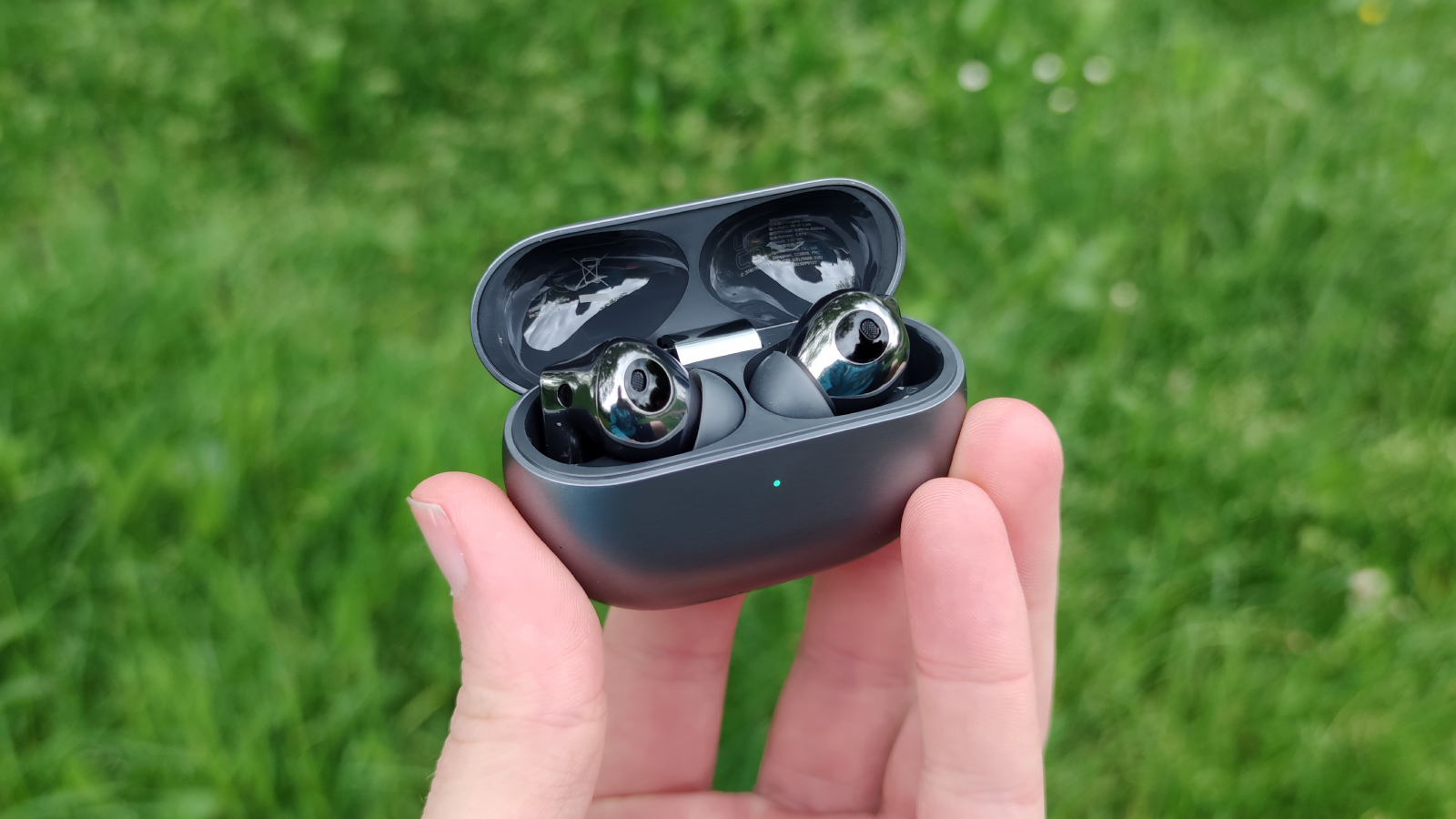
Huawei FreeBuds Pro 3: Two-minute review
The FreeBuds Pro 3 are the newest addition to Huawei’s top-tier line of true wireless earbuds, vying for entry to our best noise-cancelling earbuds roundup by replacing last year’s FreeBuds Pro 2 and acting as a more premium alternative to the jelly-bean-looking FreeBuds 5.
I can’t get over how good the noise cancellation in these headphones is At the press of a button I could tune out the noisy clacking of keyboards in an office, the angry rumbling of a busy road near my house, even my own annoying habit of drumming on my desk as I listen to music.
You’d be hard-pressed to find better noise cancellation in an audio product that isn’t an over-ear alternative, especially at the price – it’s really something.
This doesn't surprise me, because when you pick up a Huawei gadget, you can almost guarantee that it’s going to have one absolutely fantastic feature – something that’s best-in-class, truly game-changing, absolutely phenomenal to use. However, you can also put good money on the fact that most of the rest of said device won’t come anywhere close to that standard.
For the best Huawei phones, their incredible cameras are undone by the sticky app situation; for the smartwatches, you can rely on a great list of health features but funky designs.
And the same remains true for the new Huawei FreeBuds Pro 3: the noise cancellation is stellar, but unfortunately, it feels like the rest of the package is held together with duct tape and paper clips – not literally, as the build quality is another premium element, but many other elements of the device threaten to ruin the positive experience that the ANC offers.
Take, for example, the tie-in AI Life app that you use to control the buds: on Android this isn’t on the app store, and you have to side-load it or download it through Huawei’s AppGallery, which is itself a side-loaded app.
The battery life is another disappointing area as, with the ANC on, you won’t even get five hours of listening without needing to power up the buds. That’s about half a day of work, and then you have to remove the buds to let them charge, making you face all those noisy clacking keyboards you’re trying to avoid.
I also found the music quality surprisingly poor for the price, with frequent peaking in songs, no soundstage to speak of and an overall lack of energy in music. I love listening to music, but I didn’t feel I was doing my favorite songs justice by listening to them on the FreeBuds.
Credit where credit’s due, Huawei has nailed a few other areas that other earbuds-makers struggle with. The fit is comfortable, with four in-box tips and a fit-check function in the app to ensure that you’re wearing the right tips. Plus, the on-bud controls are easy to use, with a simple pinch gesture toggling different functions.
Huawei FreeBuds Pro 3 review: Price and release date
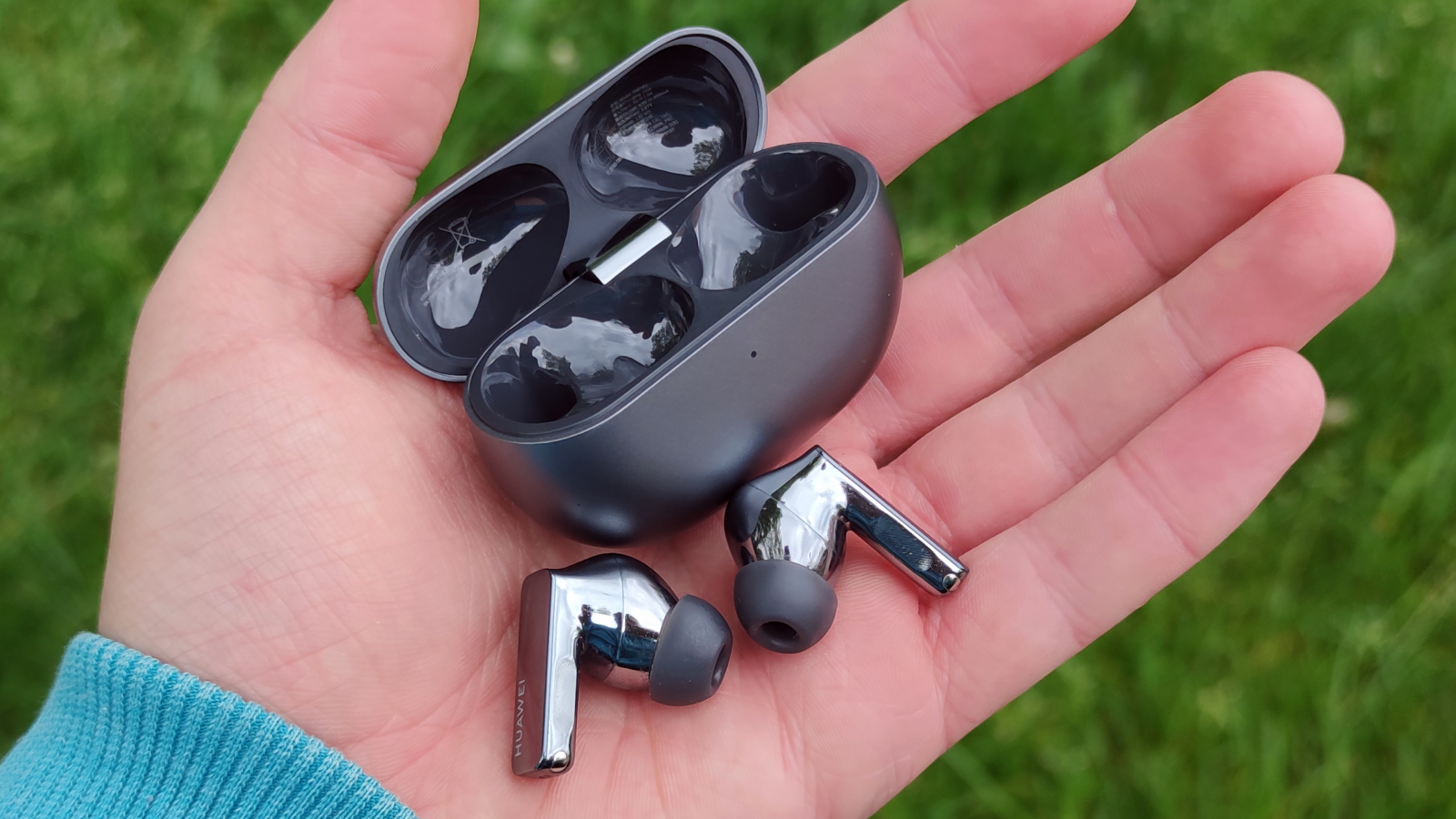
- Costs $245 / £179.99 / AU$277
- Released in late 2024
- Uncommon Huawei tech in that it's available in the US
You can pick up the FreeBuds Pro 3 for $245 / £179.99 / AU$277, so they’re straddling the mid-range and top-end earbud market. That price roughly matches that for last year’s FreeBuds Pro 2.
One thing stands out right away – because unlike some other Huawei gadgets, these are available in the US. Good luck finding a Huawei phone to pair them with, though!
The buds were released in the latter months of 2023, and at the time of writing in mid-2024, you can find them on offer pretty easily. It’ll save you about 10%, or maybe more during sales times.
That price puts Huawei in a swimming pool full of hungry sharks – and by that I mean, many close rivals. Apple’s AirPods Pro 2 are only a little pricier (especially in the US, with only a $4 difference) while Sony’s WF-1000XM5 are cheaper during sales (and only cost a little more outside of them). Audio-Technica’s ATH-TWX7 are also circling, with a price that’s lower in the US and only a little more in the UK.
Huawei FreeBuds Pro 3 review: Specs
Huawei FreeBuds Pro 3 review: Features
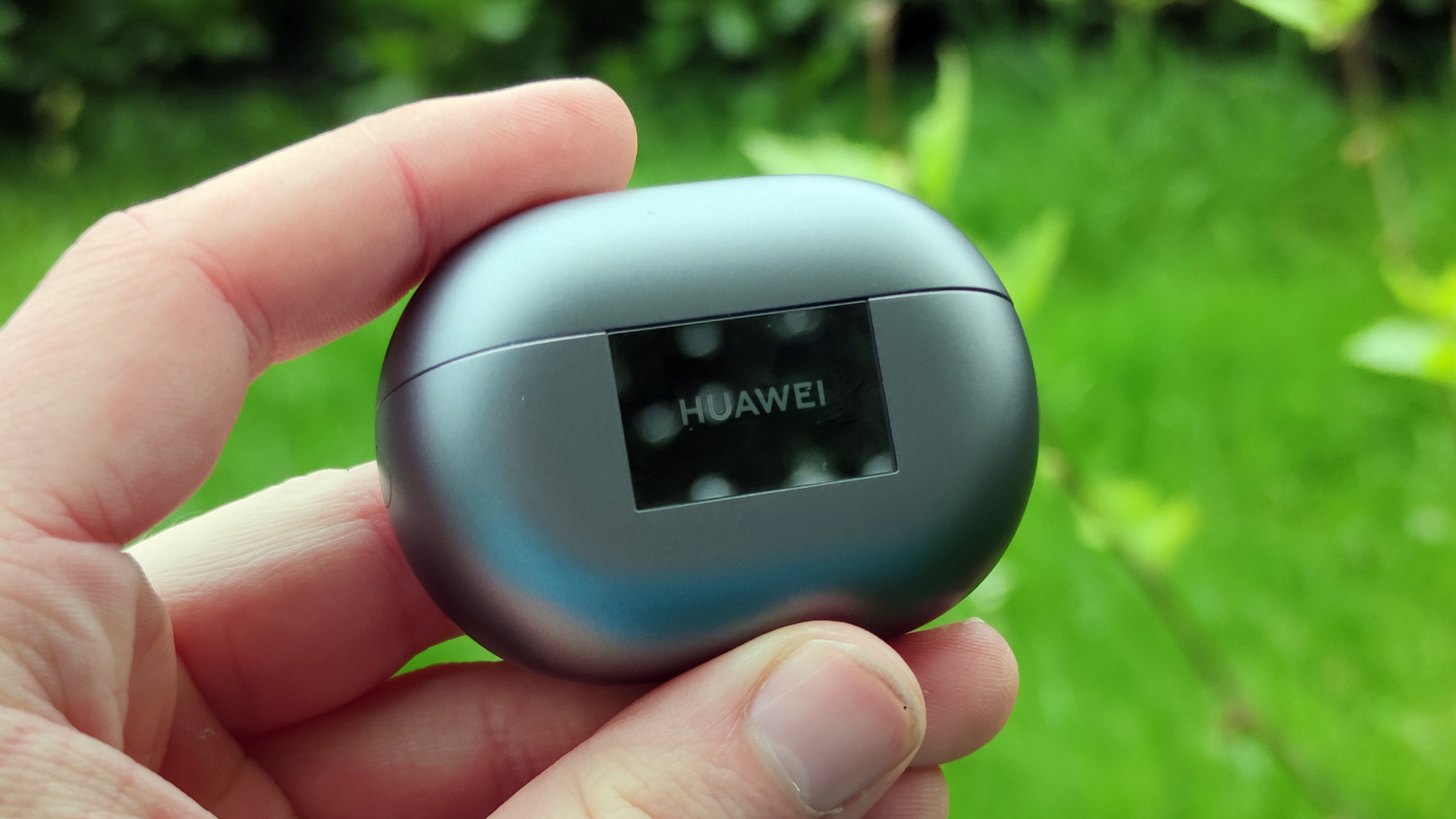
- Tie-in app has to be side-loaded on Android
- Noise cancellation is top-tier
- Battery life is limited
If there’s something to be said about the FreeBuds Pro 3, it’s that their noise cancellation is great – possibly the best of any headphones I’ve tested at this price. As soon as you put in the buds, surrounding sound almost vanishes – a building site will sound like a Lego build site once you’ve set these things up. It’s surprising how empty a busy office floor can feel when you’re listening to these things!
The app offers loads of different modes. There’s Off (no prizes for guessing what this does), Awareness (which is an ambient option with a Voice Mode you can toggle on or off, which specifically doesn’t cancel voices) and then standard Noise Cancelling mode. This has a range of intensities ranging from ‘Cozy’ to ‘Ultra’ depending on how noisy your area is, but I generally tested in Dynamic, which changes depending on where you are.
I never stopped being impressed with just how great the FreeBuds were at removing background sound. Two thumbs up for this one feature.
Now on to the app: I’ve never spent so much time – and lost so much hair – as I did trying to get the FreeBuds’ tie-in app to work. It’s called AI Life and it should be pre-installed on Huawei phones; on Androids, like I have, you have to side-load it and install it from Chrome. No, you can’t just download it on the Play Store, which was the source of my consternation, and it was only through some online trawling that I found the answers (luckily for iPhone users, the App Store does list the app).
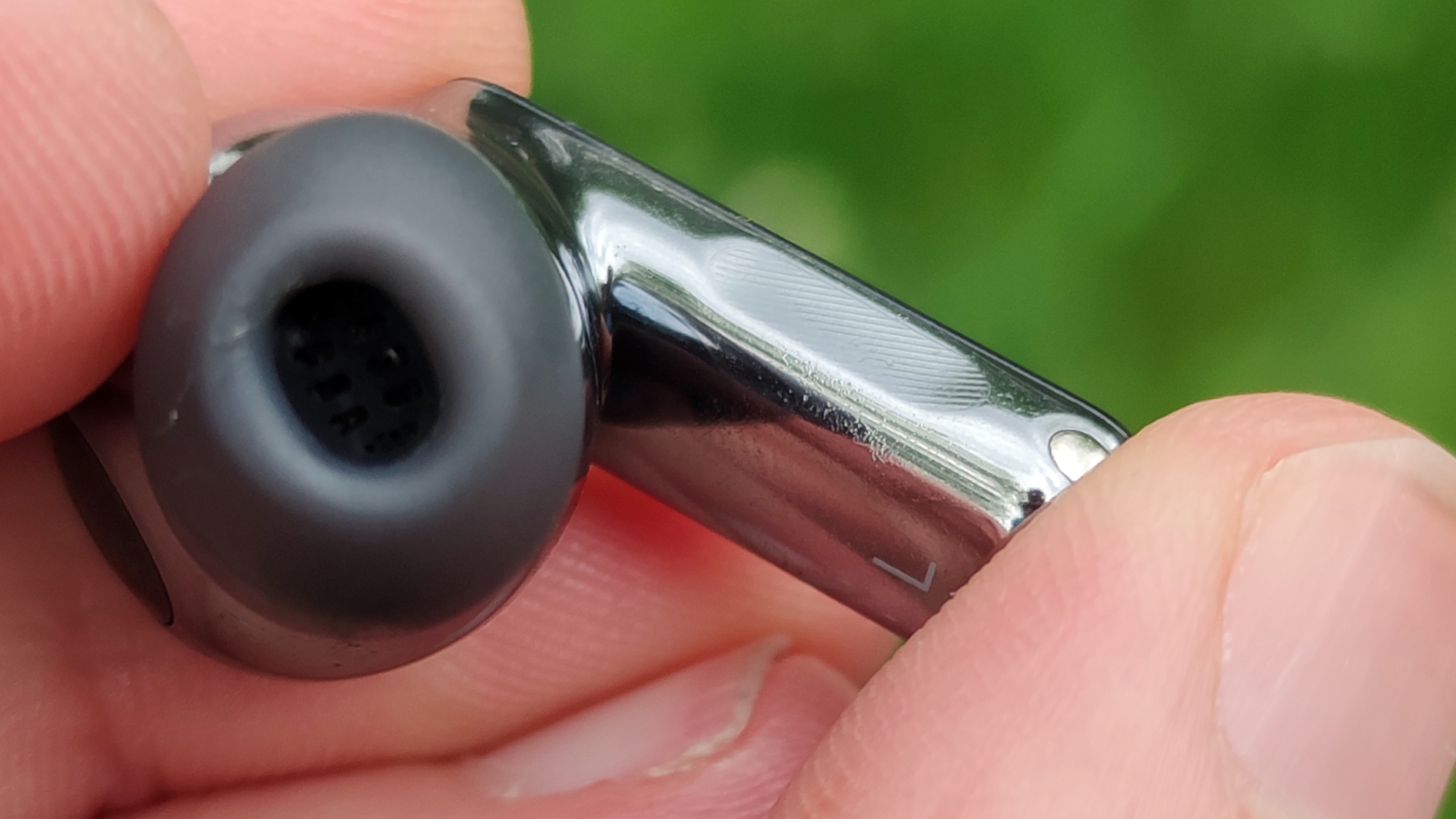
You don’t need AI Life, but most of the features of the FreeBuds Pro 3 are either locked to the app, or really challenging to use without it.
As well as toggling noise cancellation there’s an equailizer, a battery indicator and the ability to change the buds’ gestures. The Buds Pro 3 also let you connect to multiple devices at once, and the AI Life app lets you easily switch between them.
On the topic of the battery indicator, don’t expect to see it at 100% much, because the buds don’t have a very good battery life. With ANC turned on, they’ll last 6.5 hours between charges, but if you utilize this key feature of the buds that’ll drop below 5 hours (depending on the ANC mode and your volume). Using the charging case will kick that lasting time up to 31 hours (with ANC off, 22 with it on), and none of those figures are that competitive.
Charging is done via the USB-C port, but there’s also slow wireless charging if you prefer that, though it’ll more than double charging times. You’ll need roughly an hour to get the case charged to full with a wire, or 2.5 hours with wireless powering.
- Features score: 3.5/5
Huawei FreeBuds Pro 3 review: Design
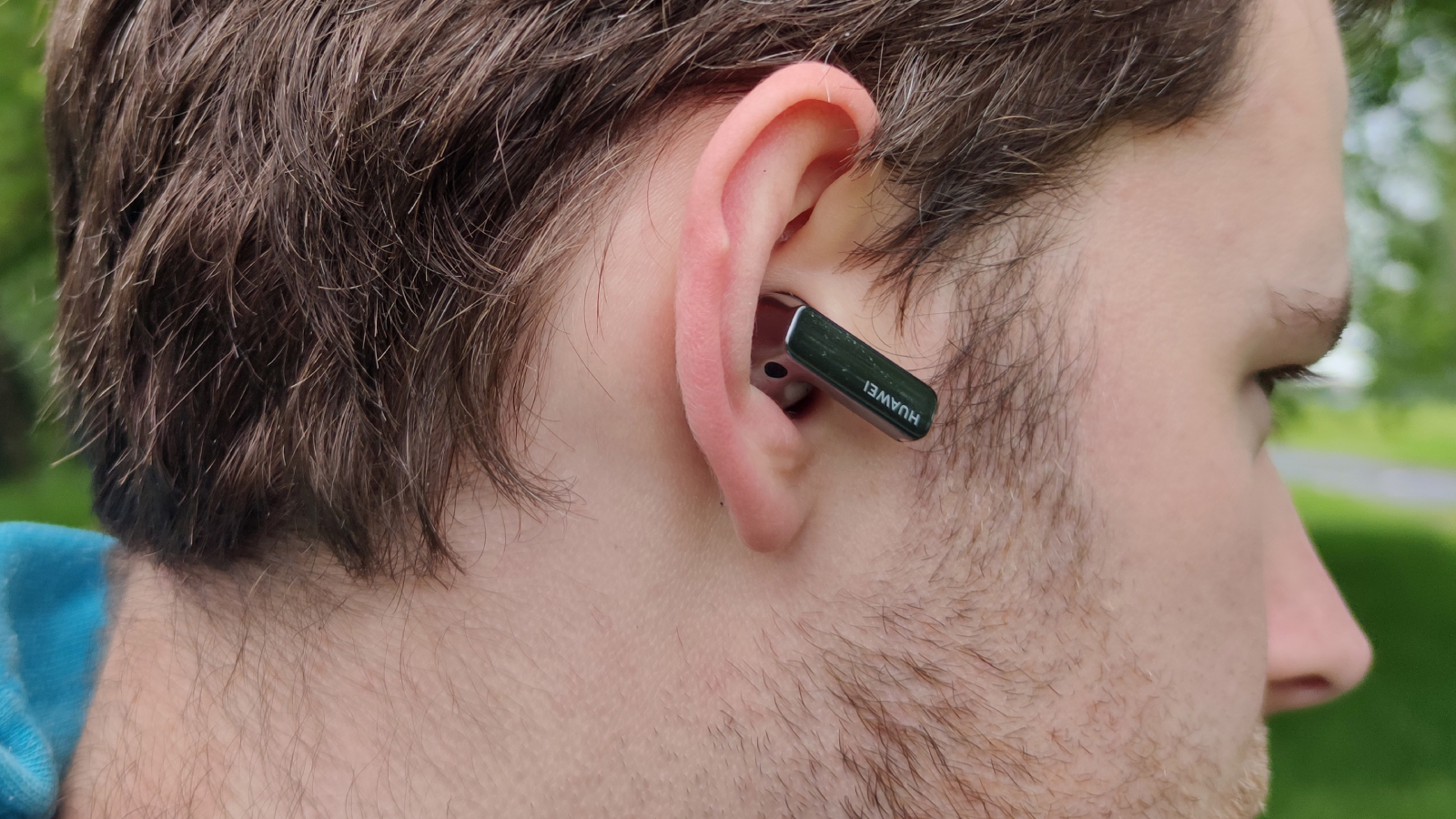
- Small well-fitted buds, fairly large case
- Touch controls work well
- IP54 certification for buds
The design of the Huawei FreeBuds Pro 3 barely differs from that of their predecessor. The main highlight is that there’s a new color option: Green joins Silver Frost, Silver Blue and Ceramic White.
The case is a pebble-shaped plastic disc measuring 4.7 x 6.6 x 2.5 cm, and weighing 46g – it’s lighter than you might think given its size. It’s pretty barebones, save for the LED light indicator and the USB-C charging port.
The buds themselves are nice and light. They weigh 5.8g each, slightly down from their predecessors, and have a similar design in being a tip connected to a short stem. You might notice that the stem is shorter than those on rival devices, giving the buds a compact appearance.
To enable a good fit, the FreeBuds come with four different-sized tips in the box; I found the medium tips provided a comfortable and reliable fit, but it’s good to have the options. The AI Life app has a tips fit test that checks to see if you’re using the right tips for you, which is a pretty cool addition.
I can see the FreeBuds’ on-stem buttons being divisive, but I found them a lot easier to use than most. You see, the buds don’t have physical press buttons but rather haptic-like areas which are best pressed by pinching the stems. You don’t have to press a physical button on the bud – an action that always seems simply to jam the bud into your ear – but instead just pinch the stem, in a really easy motion.
The buds have an IP54 protection against small particles and sweat or small splashes of water; they’ll survive a light rain shower or some running-to-bus sweat, but you shouldn’t really be using these for exercise. The charging case has no IP protection.
- Design score: 4/5
Huawei FreeBuds Pro 3 review: Sound quality
- Bass-heavy sound
- Treble is lacking
- Equalizer lets you tweak sound to an extent
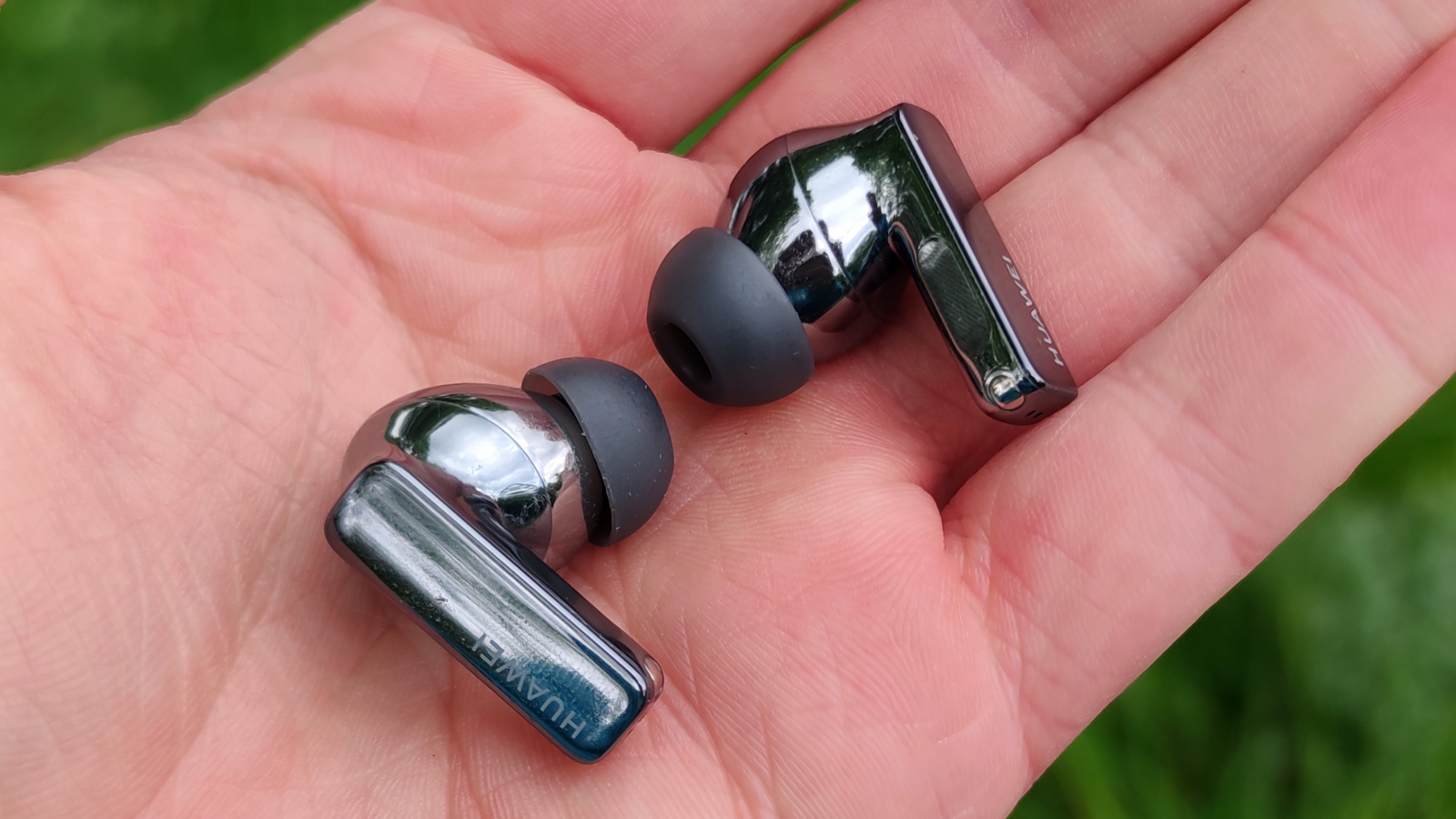
The best thing I can say about the Huawei FreeBuds Pro 3’s sound quality is that it’s mostly balanced. You’re not getting an awkward skew that favors bass or treble too much; it’s right there in the middle.
That’s also the only good thing I can say about the Buds’ sound, because I was disappointed by the quality overall, bearing in mind the roll call of high-end features present within them.
I’m talking dual drivers led by a chunky 11mm dynamic driver joined by a planar diaphragm driver; LDAC codec support; Hi-Res Audio Wireless certification… the list goes on. But it’s all for nothing, as the sound quality just isn't good.
Music had a startling amount of peaking, with drum hi-hats, acoustic guitars and sibilance in vocals becoming noticeably tinny. This wasn’t so extreme as to suggest that the buds were defective, just enough that the FreeBuds performed more like cheap buds than triple-figure ones.
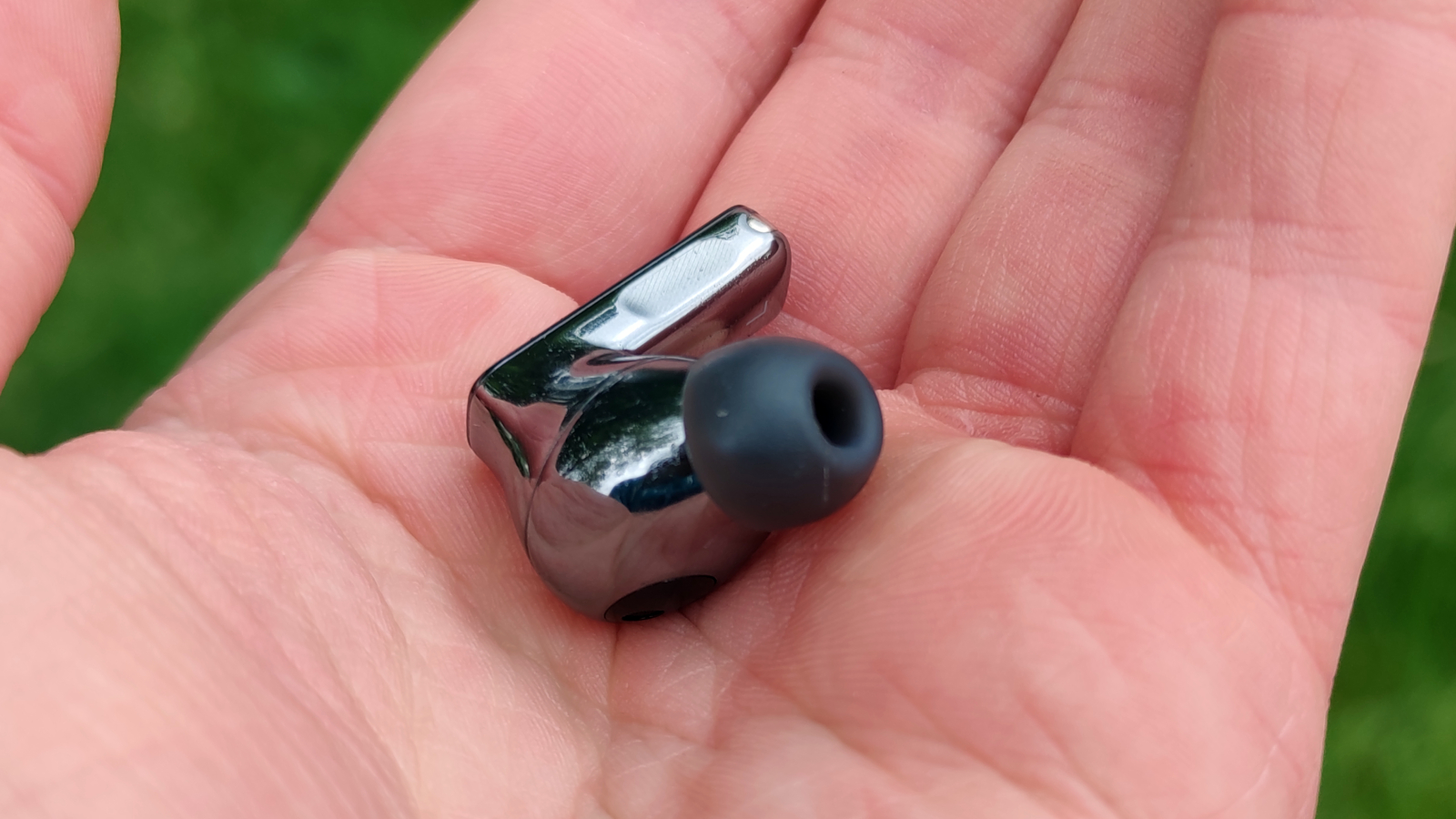
There was also a real lack of soundstage, as though an entire orchestra was inhabiting the exact same chair right at the center of the stage. Instruments were blended together like a fruit smoothie, sapping the energy or pizazz from music.
The buds were fine for spoken word and the like, but I missed the energy that many other earbuds serve. I know that if Waterloo doesn’t spark joy, the earbuds are doing something wrong.
Another disappointing area is AI Life’s equalizer, which comes with six presets though you can create your own, too. I tried all six of these on multiple songs, plus some of my creations where the sliders were moved to the extreme, and I couldn’t hear any audible difference in music.
App issue? Hardware issue? My hearing issue? I can’t say, but it makes Huawei’s website’s talk of a “triple adaptive EQ” seem like meaningless noise. Maybe the buds should cancel that, too.
- Sound quality: 3/5
Huawei FreeBuds Pro 3 review: Value
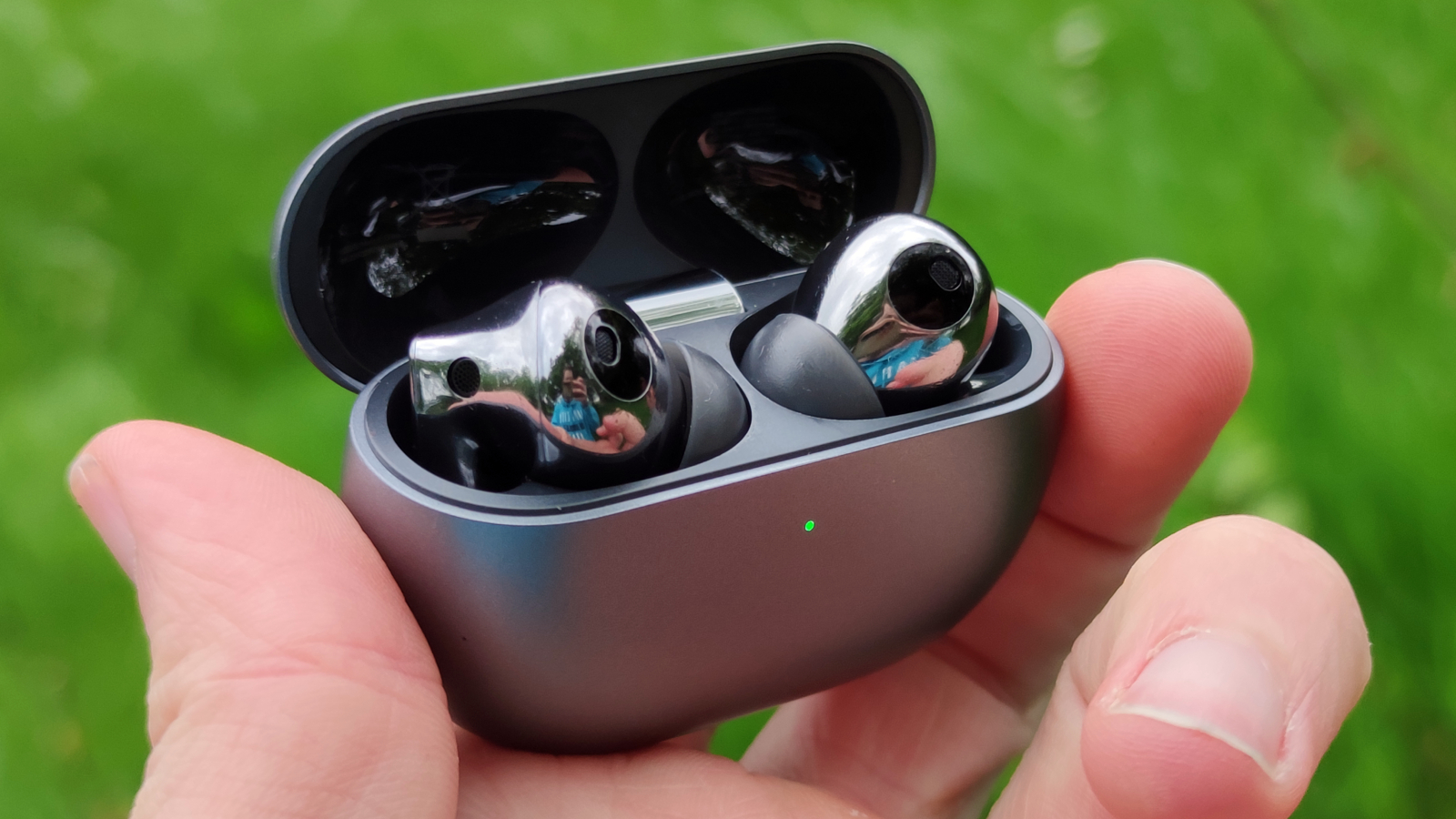
- Great if you're buying for ANC...
- ...fall behind rivals for audio chops
The Huawei FreeBuds Pro 3 come with a fairly lofty price tag, but it’s hard to see how they justify that price beyond their wonderful noise cancellation.
The FreeBuds’ feature set is identical to that of almost every other wireless earbud from here to the moon, with little to justify its price over most of its rivals. That is, except for the noise cancellation. Those plentiful affordable rivals also have better sound quality, or at least play music with more personality.
So if all you care about is noise cancellation – you literally don’t mind anything else – these will justify their price. Otherwise, it’s hard to recommend them for their full retail price.
- Value: 3.5/5
Should I buy the Huawei FreeBuds Pro 3?
Buy them if…
Don’t buy them if…
Huawei FreeBuds Pro 3 review: Also consider
How I tested the Huawei FreeBuds Pro 3
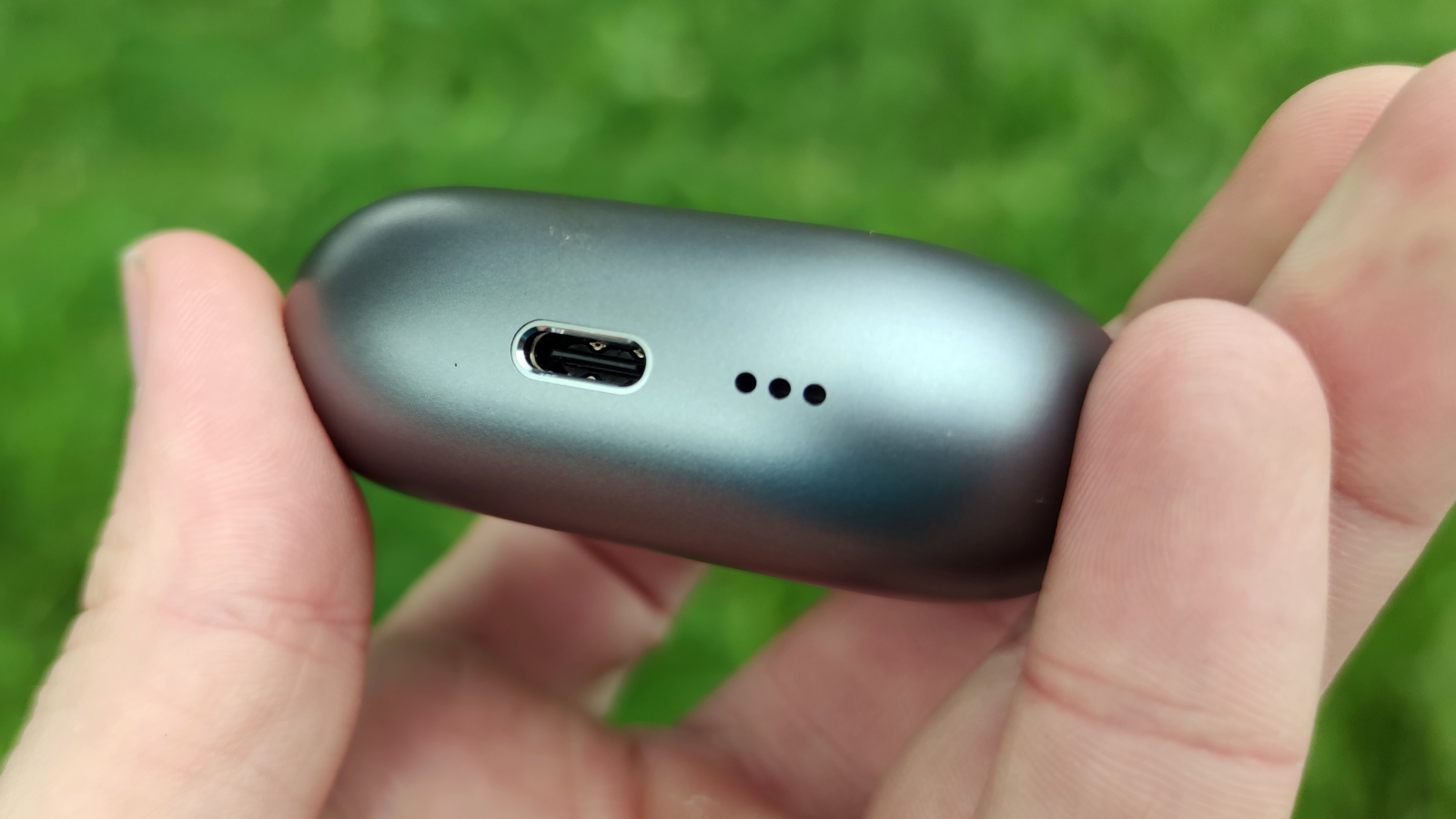
- Tested for 2 weeks
- Tested at home, in the office and on walks in quiet and busy areas
I tested the Huawei FreeBuds Pro 3 for two weeks, which included using the buds in my office, at home, and on walks in different parts of a busy city. The buds were tested with my Xiaomi Mi Note 10 smartphone for testing, on to which I side-loaded the app.
Testing was mainly done on music streaming apps over a range of genres, though I also used the buds for playing video games, watching Netflix and listening to podcasts.
I have over five years of gadget-testing experience at TechRadar, which includes reviews of many Huawei products like watches, smartphones and tablets. I've also tested plenty of earbuds, including some of the competitors mentioned above.
- First reviewed in May 2024







